Machu Picchu is located on the eastern side of the Andes Mountains and is frequently covered in mist and clouds, which makes it even more mysterious and charming. When you visit Machu Picchu, you will be amazed by the diverse ecosystem that supports a wide range of plants and animals. This adds to the excitement and enjoyment of exploring the Lost City of the Incas.
The best time to visit Machu Picchu depends mainly on what you like in terms of weather, how many people are there, and the beauty of nature. The weather in the region is typically split into two main seasons: the dry season, which occurs from May to September, and the rainy season, which occurs from October to April.
When is the best time of the year to visit Machu Picchu?
When planning to visit Machu Picchu, many factors need to be taken into consideration, including weather conditions, crowd levels, and personal preference. Here are a few pointers for selecting an optimal time:
- The weather: The weather changes a lot throughout the year. The best time to visit Machu Picchu is usually from May to September. During this time, you can expect warm and sunny days. However, from October to April, there are often rainfall and high humidity levels. This can make sightseeing difficult at times.
- The crowds: Machu Picchu is a very popular tourist destination, so it can get really crowded during peak season, which includes June, July, and August, as well as Christmas and New Year's. To avoid large crowds, it can be helpful to visit during shoulder seasons. These seasons typically occur in April-May, September to October, and sometimes even November.
- Availability: Tickets to visit Machu Picchu are limited to 4044. This means that they can sell out fast during busy times if not booked ahead of time.
- Festivals: When you visit Peru, you can enjoy many festivals and events that will enrich your cultural experience. However, it's important to note that these festivities can also impact the number of people and the availability of hotels and tours.
A lot of tourists prefer to go to Machu Picchu when it's dry, thinking it won't rain. The weather in the Andes can be very unpredictable. Even during the months that are supposed to be dry, like June and July, unexpected rainfall can happen. Every season has its pros and cons, so it's important to consider your personal preferences when deciding the best time to visit Machu Picchu.
Machu Picchu during the rainy season
Machu Picchu during the rainy season (December to March) is a different experience than visiting during the dry season. The weather is cooler, and the landscape is lush and green. The best time to visit Machu Picchu is during the early rainy season, from late September to early December.
Here are some things to keep in mind:
- Weather: Expect frequent rain showers and high humidity. This can make hiking and exploring Machu Picchu more challenging, but it also means that the surrounding landscape is lush and green.
- Crowds: The rainy season is generally less crowded than the dry season, which means you can explore the ruins and surrounding areas with fewer tourists.
- Safety: The rain can make the trails and ruins slippery and more challenging for hiking. It's important to wear appropriate footwear and clothing.
- Photography: The rain can make for stunning photography, with the mist and clouds adding a mystical quality to the ruins.
- Flexibility: Be prepared to adjust your plans based on the weather conditions. Some areas may be affected by flooding or landslides.
The heavy rainy season starts in mid or late December and ends in late March; rain is expected more often during the early mornings or late afternoons. The sun will always be out, and you will have great photos of Machu Pichu with the mist of the clouds. For this season, fewer visitors are expected, and it's a good time for travelers who prefer solitude. Finding great deals with flights and hotels in the low season is possible.
Machu Picchu during the shoulder season
The shoulder seasons are the transition months between the rainy and dry seasons, or vice-versa. The weather is lovely; it's not too cold, too sunny, or too rainy. Also, places like Machu Picchu still get fewer visitors than during peak season. This group includes April to May, September, and even October.
- Weather: The weather is generally pleasant, with mild temperatures and lower humidity. However, be prepared for some rainfall, especially in the earlier part of the shoulder season.
- Crowds: The shoulder season is generally less crowded than the high season.
- Availability: The shoulder season can be a good time to visit if you want to book accommodations or tours with more flexibility.
If you want to experience Machu Picchu without the crowds, the shoulder season is the perfect time to visit. The weather is still warm and sunny from April to May and September to November, with fewer tourists.
Machu Picchu during the dry season
Machu Picchu during the dry season is an experience not to be missed. The dry season runs from May to September, and the weather is hot and dry. However, the heat is less intense than in other parts of Peru, with little rainfall. This makes Machu Picchu during the dry season an ideal time to visit.
The dry season starts in May when little rain is expected, and it's also the winter season in Peru. Thousands of travelers are expected to visit Machu Picchu during their summer vacations in the US, Canada, Europe, and other countries in the northern hemisphere.
Here's what you can expect during this time:
- Weather: The dry season generally brings clear skies, sunny days, and cold nights. This makes for ideal hiking and exploring conditions, as well as great opportunities for photography. However, keep in mind that the weather can still be unpredictable, especially at higher elevations.
- Crowds: The dry season is also high season, which means that Machu Picchu and surrounding areas can be very crowded. It's important to book your accommodations, transportation, and tours well in advance to ensure availability.
- Availability: During the dry season, all Inca sites, including the Inca Trail, are usually open to visitors. However, keep in mind that permits for the Inca Trail can sell out quickly, so it's important to book well in advance.
- Festivals: The dry season is also a time for cultural festivals and events in Peru, such as the Inti Raymi festival in June. This can add to your visit experience, but remember that these events can also mean higher prices and more tourists.
The days are sunny, offering great views, and the nights are cold, with a clear sky for stargazing. During this season, snow is expected on the high mountain treks. June, July, August, and September are in this group.
Machu Picchu Weather Overview
Even though we only have 2 seasons, the dry and wet seasons, you must always be prepared for sunny, cloudy, and rainy days. The weather in the Andes is challenging to predict since Machu Picchu is located in the Cloud Forest region.
Machu Picchu In January
January is the rainiest month of the year (with an average of 150 mm of rainfall); you must always have good rain gear when visiting Machu Picchu. If you're traveling this month, you must be prepared for possible itinerary changes, trail closures due to landslides, train delays, and flight cancellations.
The temperatures in Machu Picchu will vary from highs of around 71°F (21°C) and lows of around 45°F (7°C). This month is suitable for those travelers who want to visit Machu Picchu in solitude and get good deals on hotels, flights, and tours.
- Machu Picchu and Inca Trail tours are available daily; we recommend avoiding the Salkantay Trek and Choquequirao Trek. The Lares Trek is the best tour to hike Machu Picchu this month.
Machu Picchu in February
Even though there are fewer rainy days than in January, February is expected to have heavy rains (with an average of 200 mm of rainfall). The number of visitors to Machu Picchu has reached its lowest point.
The temperatures in Machu Picchu will vary from highs of around 72°F (22°C) and lows of around 46°F (8°C). Travelers must be prepared for rain, schedule changes due to landslides, or bad weather.
Machu Picchu in March
In March, the weather improves with more sunny days and fewer hours of rain daily, with an average of 170 mm of rainfall. The second half of the month is the preferred time for travelers.
The temperatures in Machu Picchu will vary from highs of around 71°F (21°C) and lows of around 42°F (6°C). Most trekking tours, including the Inca Trail Tours, will be open after February.
- We recommend avoiding tours like Salkantay Trek as they are located in the Amazon area, and the rains are still weighty.
Machu Picchu in April
April starts with more travelers arriving in Machu Picchu. The shoulder season (transitional month between the rainy and dry seasons) begins with great weather and a few rainy days, and travelers will see the sunrise more often in Machu Picchu.
The temperatures in Machu Picchu will vary from highs of around 73°F (22°C) and lows of around 39°F (4°C).
- This is the perfect time to take a hiking tour to Machu Picchu and travel by train. Tours will sell out fast, and you need to book in advance.
Machu Picchu in May
The dry season starts. However, it would be best if you still were prepared for rainy days. May is usually busy on the Classic Inca Trail to Machu Picchu and other hiking tours. The weather in May makes it perfect for visitors, with a clear sky and amazing views of the mountains.
The temperatures in Machu Picchu will vary from highs of around 86°F (30°C) to lows of around 42°F (6°C).
- May is arguably one of the best months to visit Machu Picchu, hike the Inca Trail, Salkantay trek, Lares trek, and other alternative hikes.
Machu Picchu in June
June starts the high season for tourism in Peru; thousands of travelers will arrive in Peru, especially from the northern hemisphere, where they have summer vacations. Little rain is expected during these months.
The temperatures in Machu Picchu will vary from highs of around 83°F (28°C) to lows of around 44°F (7°C).
- Like the Inca Trail, Salkantay, and Lares trek, most tours will be crowded; you must book in advance.
Machu Picchu in July
July is the heart of Peru's dry and winter seasons. Due to Machu Picchu's location, the temperature will have few variations. However, the mountain temperature will drop below freezing, especially at night and early morning.
The temperatures in Machu Picchu will vary from highs of around 82°F (27°C) to lows of around 44°F (7°C).
- There are long lines to get the buses and trains to Machu Picchu this month. You must book hotels and tours far in advance.
Machu Picchu in August
Historically, August is when we get the highest number of visitors. You must be prepared to see many visitors everywhere and wait in line to board the buses and enter Machu Picchu.
- Temperatures in Machu Picchu will range from around 78°F (26°C) to around 42°F (6°C). All trails are available; we recommend alternative treks to Machu Pichu.
Machu Picchu in September
The rains are back in September, and the dry season will end; the cold winter is also replaced by cooler mountain weather.
The temperatures in Machu Picchu will vary from highs of around 73°F (22°C) to lows of around 44°F (7°C). All trails are available; we recommend alternative treks.
- With the drop in the number of visitors to Peru, Machu Picchu's long lines are over, making it perfect for hiking in the mountains.
Machu Picchu in October
October is one of the best months to visit Machu Picchu. As it's the transition month between the dry and wet seasons, little rain is expected, and we're away from the cold weather of the winter season.
The temperatures in Machu Picchu will vary from highs of around 72°F (22°C) and lows of around 41°F (5°C).
- October is the perfect month to travel to Machu Picchu, as we have a lot of availability and fewer visitors.
Machu Picchu in November
November starts the rainy season officially. However, we will have weeks of sun and pleasant weather.
The temperatures in Machu Picchu will vary from highs of around 78°F (25°C) and lows of around 45°F (7°C).
- Machu Picchu will decrease the number of visitors, and the hiking tours will have fewer visitors.
Machu Picchu in December
The rains will occur more often. However, the number of travelers will increase in the last weeks for the end-of-year holidays.
The temperatures in Machu Picchu will vary from highs of around 71°F (21°C) and lows of around 44°F (6°C).
- December is one of the last months to have good weather before entering the heavy rainy season.
Places to visit in and around Machu Picchu
When visiting Machu Picchu, you can explore several sites, markets, and waterfalls and take extra hikes; below is a list of all the places you can visit in Machu Picchu and Aguas Calientes.
Places to see inside Machu Picchu archaeological site.
Citadel of Machu Picchu
Machu Pichu Inca citadel refers to the main archeological sites in the regular tour. The ticket will allow you to visit this place for around 2 hours. The places to visit are the Guard House, farming terraces, the temple of the sun, the temple of the water, the main temple, the sundial, the urban area, the industrial area, the temple of the condor, and many other places that your tour guide will take you and explain their uses.
Book Circuit 1 or 2 of Machu Picchu. to explore Machu Picchu citadel.
Sun Gate or Intipunku
Located 5 kilometers from Machu Picchu, the Sun Gate is situated on a mountaintop, the arrival point for the Inca Trail tours. No permits are required to pay or book. You will be hiking the last part of the original 4-day Classic Inca Trail that arrives at Machu Picchu after four days of hiking.
Since the pandemic, hiking to Sungate from Machu Picchu is not allowed. You will be able to access only from the Inca Trail tours.
Inca Bridge
The Inca Bridge is opposite the Sungate, just 30 minutes from the upper part of Machu Picchu. The Inca Bridge is an ancient rope bridge that served as a secret entrance to the citadel during the time of the Incas. The bridge was made of wooden planks and ropes and suspended across a narrow chasm. The bridge is not accessible to visitors, but you can view it from a safe distance.
The Inca Bridge is believed to have been constructed for defensive purposes, as it provided a way to access the citadel that was difficult for outsiders to navigate. The bridge was likely removed and hidden when not in use to prevent enemies from discovering it.
To be able to visit this place, you need to book the Circuit 1 + Inca Bridge ticket.
Huayna Picchu Mountain
Huayna Picchu is the steep mountain behind Machu Picchu in every postal picture. It takes one hour to reach the top and another hour to come down the same way. You need to book the permits far in advance to hike this mountain.
Huayna Picchu stands at a height of 2,720 meters (8,920 feet) above sea level, towering over the Machu Picchu citadel. The hike to the summit is challenging and involves steep staircases, narrow paths, and exposed cliffs, but the effort is rewarded with stunning views of the surrounding landscape.
The hike to the summit of Huayna Picchu takes about 2-3 hours, depending on your fitness level and pace. The trail is steep and can be slippery, so it's important to wear appropriate footwear and bring plenty of water.
The cost of the permits is $75 per person. You need to book Circuit 4 + Huayna Picchu to hike this mountain.
Montaña or Machu Picchu Mountain
Located on the opposite side of Huayna Picchu, Machu Picchu Mountain, or Montaña, is the highest mountain area. It takes 1.5 to 2 hours to reach the top, and other similar things come down the same way; you must book the permits in advance.
The cost of the permits is $75. To Hike this mountain, book the Montaña Machu Picchu + Circuit 3 ticket.
Huchuy Picchu Mountain
Huchuy Picchu is one of the smallest mountains, and it takes only 15 to 20 minutes to reach the top. To be able to hike this mountain, you need to book the Circuit 4 + Huchuy Picchu ticket.
Places to visit near Aguas Calientes (Machu Picchu Pueblo)
Located near Puente Ruinas (the bridge to Machu Picchu), you can walk to this place for 20 minutes from Aguas Calientes, or if you have completed Machu Picchu, you can ask the bus driver to get to the bridge. There is a fee to enter the museum (7 USD).
Butterfly Station
It is located on the road from Aguas Calientes to Machu Picchu. The Butterfly Station is only 10 minutes away from the town. You will learn many interesting facts about local butterflies and take pictures. There is a fee of 10 soles to enter this place.
Putucusi Mountain
In addition to Huayna Picchu and Machu Picchu Mountain, there is also a steeper mountain called Putucusi Mountain. You don't need an admission ticket for Putucusi, but you should be in good physical condition, as climbing is the only way to access it. It takes at least 3 hours to complete this mountain and enjoy the magnificent view of Machu Picchu from the top. Keep in mind that this mountain may sometimes be closed or inaccessible to the public.
Mandor Gardens
This beautiful place is only a 1-hour hike from Aguas Calientes; you can see birds, orchids, waterfalls, and Machu Picchu from below. It would be best to visit Mandor, preferably accompanied by a guide.
Hot springs
Located in the upper part of Machu Picchu Pueblo (also known as Aguas Calientes), you can access it by a 15-minute walk from the city; these natural hot springs are perfect for visiting if you have a day off in Aguas Calientes.
Best time to hike the Classic Inca Trail to Machu Picchu
The best time to hike the Classic Inca Trail to Machu Picchu is during the dry season. This is because the weather is drier and there is less chance of rain. The trail can be pretty challenging, so it is essential to make sure that you are prepared for the hike. Many tour companies offer group tours, making the experience much more enjoyable and meeting new friends.
Inca Trail during the Dry Season
The dry season starts in May and continues until the end of September; during this time are expected to be fewer rainy days. However, the Inca Trail is located in the cloud forest, and down can occur anywhere. We recommend always traveling prepared for all types of weather.
During the dry season, the temperatures can be very hot during the day; you need to protect yourself from the sun, and at night the temperature can drop below 0°celcius.
Inca Trail during the Rainy season
The Inca wet season starts from November until March; some years, rains might begin as late as December. During this time is expected to have more rainy days, and travelers must have good hiking equipment.
Peru's rainy season is also slow, with fewer visitors in places like Machu Picchu. Temperatures are cooler during the day and night; the variation is not as extreme as in the dry season.
Inca Trail during the shoulder season
The shoulder season is the transition months between the dry and rainy seasons. These months are the best time of the year to hike the Inca Trail; these dates include the months of April and October, and in some years, this can be extended up to May and November.
Machu Picchu Frequently Asked Questions
When is the least crowded time of the year in Machu Picchu?
If you want to see Machu Picchu when it is empty, January and February are the best months to visit; you will find reasonable hotel prices, the best train schedules, and incredible prices for everything.
These months are the heart of the rainy season, and you must always be prepared with rain gear and delays due to bad weather.
When is the busiest time of the year in Machu Picchu?
June, July, and August are the busiest months of the year. To travel to Machu Picchu, you must book your tour in advance to get the best schedules and prices. There are long lines to take the bus and enter Machu Picchu during these months.
What is the best time of the day to visit Machu Picchu?
The best time of the day to visit Machu Picchu will be early in the morning or late afternoon. This is when we have fewer travelers visiting Machu Picchu.
Machu Picchu early in the morning
The main gate to Machu Picchu opens at 6 a.m. You must take the early buses from Aguas Calientes town to enter at this time. The first bus departs at 5.30 a.m.
By arriving at 6:00 a.m. at Machu Picchu's gate, you will enter with the first few and enjoy the fantastic sunrise in Machu Picchu. Of course, the sunrise is not guaranteed, but you will have a great time visiting the citadel with fewer early visitors. The people in this schedule must stay overnight in Aguas Calientes; hikers from the Short Inca Trail, Salkantay Trek, Lares Trek, and other trekking tours will have this schedule.
Machu Picchu during the day
After 9:00 a.m., the trains from Cusco and Ollantaytambo will arrive in Aguas Calientes town, and all one-day travelers will visit the marvelous Inca Citadel. That is the busiest time; several trains from Cusco and Ollantaytambo will take travelers to Machu Picchu in one day.
By visiting Machu Picchu during this time, there are more chances of getting good weather and incredible pictures. The visitors during this time usually travel by train on the same day, and they will return to Cusco on the same afternoon.
Machu Picchu late in the afternoon
Many visitors will enter Machu Picchu until 1:00 p.m. and leave by 3 p.m. Machu Picchu after 2:00 p.m. is an excellent opportunity to enjoy the citadel in solitude.
To visit Machu Picchu with the last ones, you must book the last shift at 2 pm; you can enter Machu Picchu from 2 pm to 4 pm and leave before 5.30 pm. The last shift is recommended for people with late trains to come to Cusco or those who are staying overnight in Machu Picchu Pueblo (Also known as Aguas Calientes).
Machu Picchu on Sundays
Machu Picchu is open all week; Sundays are free for locals and are expected to be crowded. Try to avoid Sundays if possible.

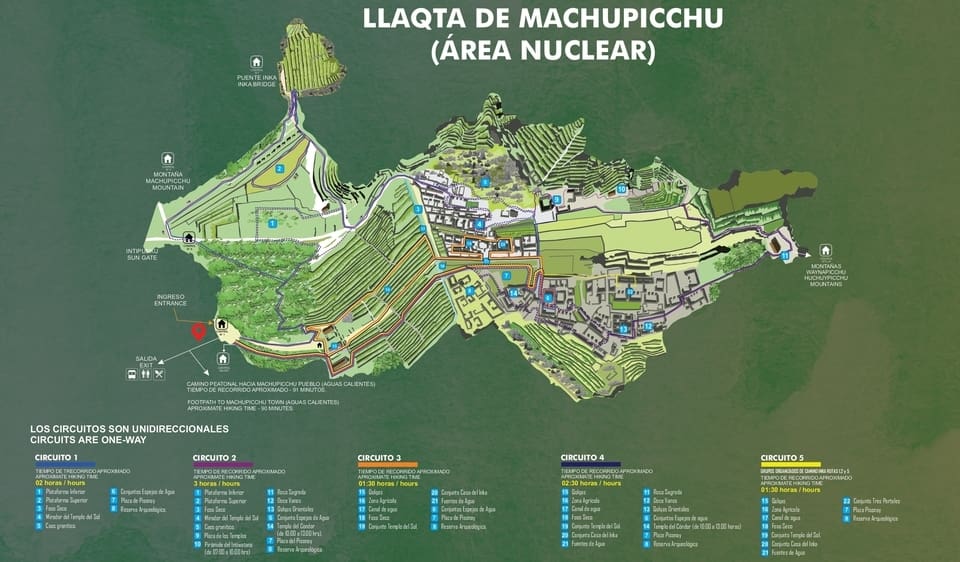
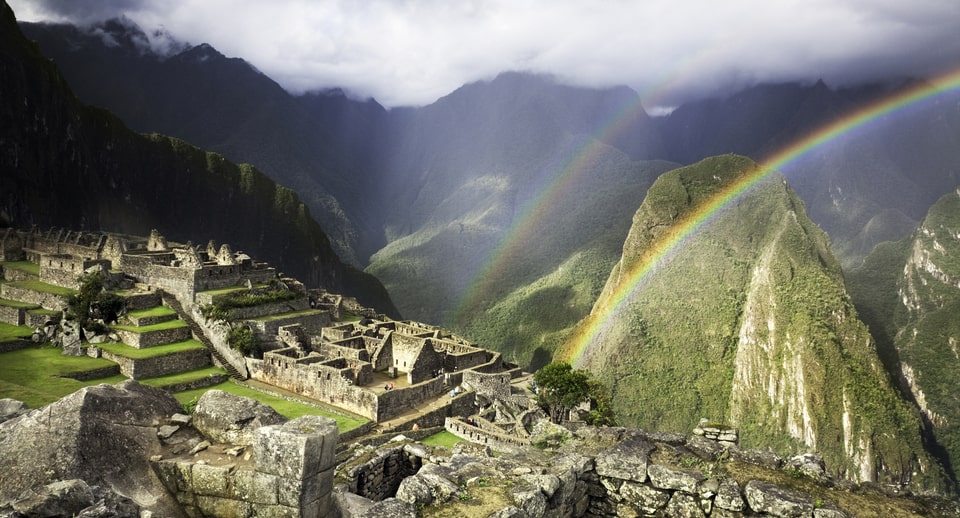
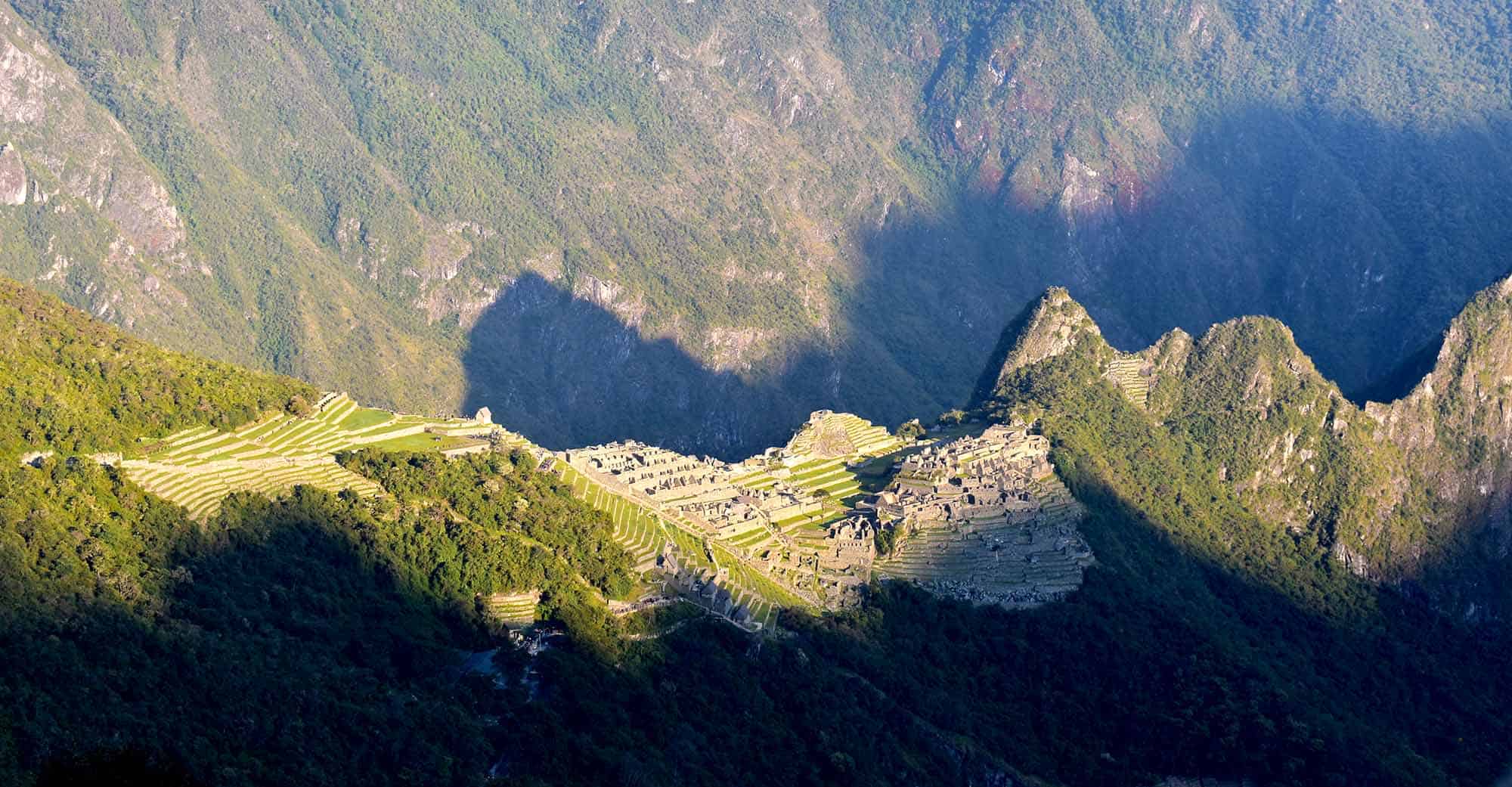
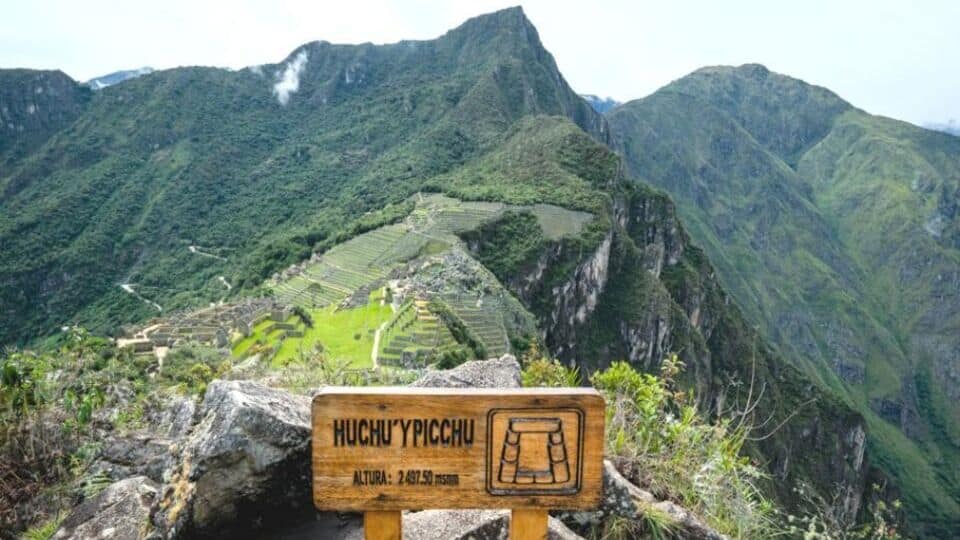
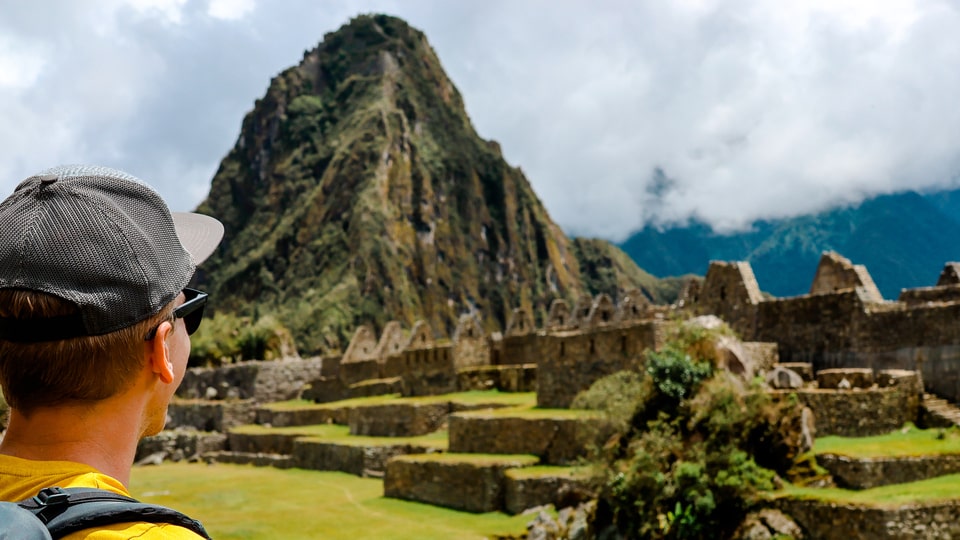
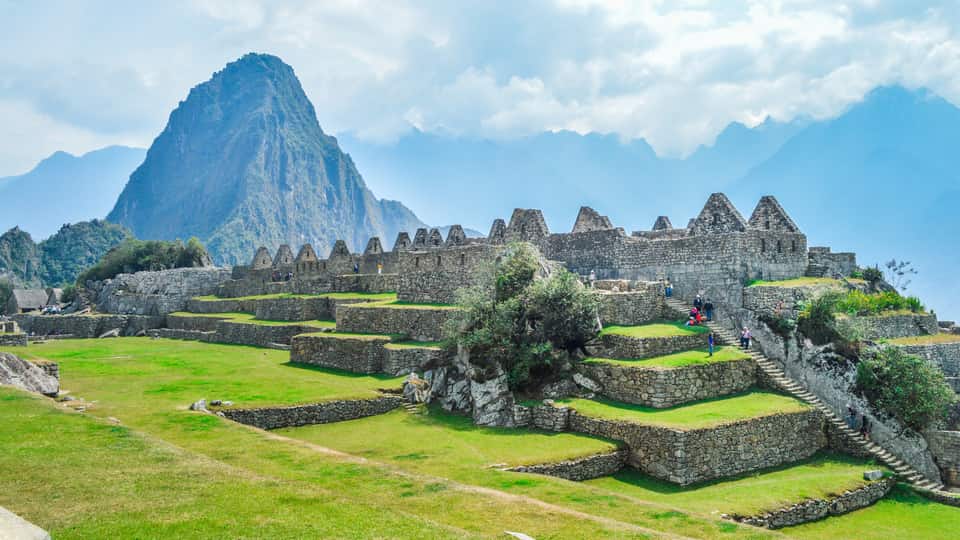
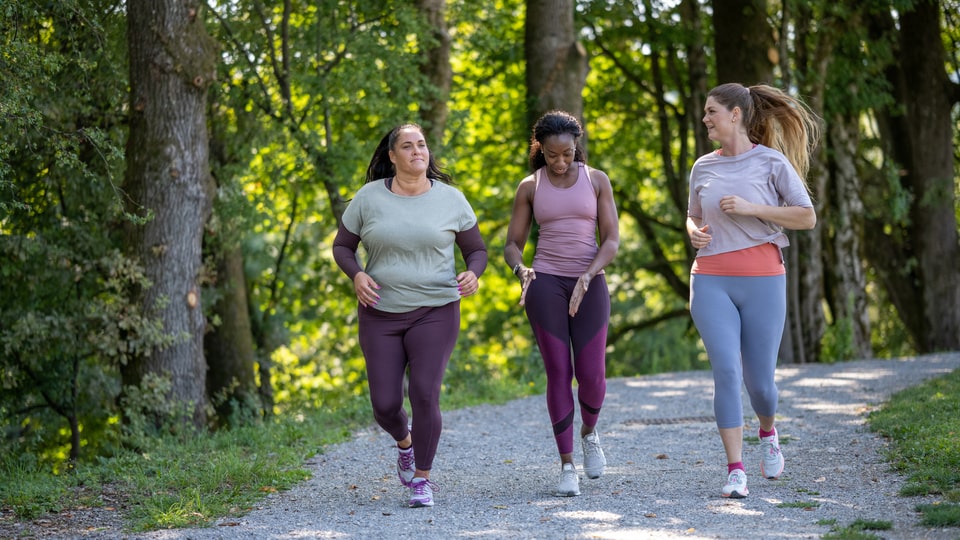

Machu Picchu tours
Thanks, very useful information.
Add new comment